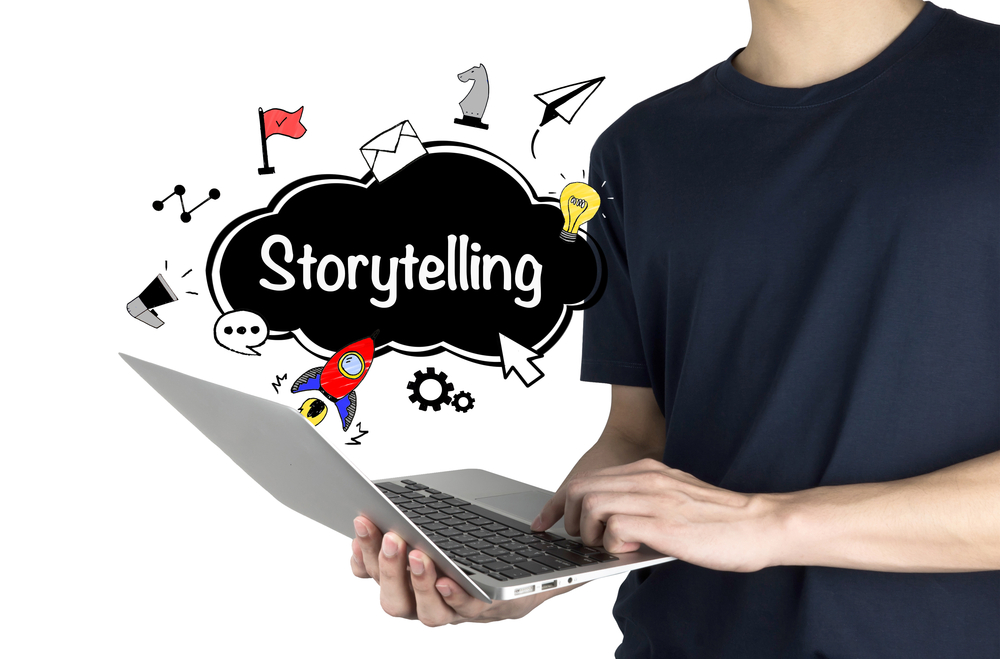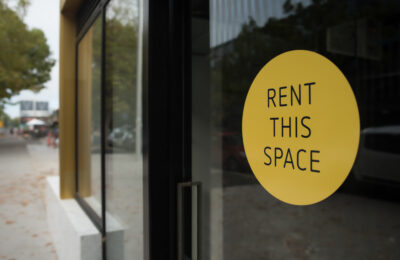Digital storytelling: Selling properties with ease in a hyper-connected world
Three marketing experts share their unconventional means of capturing the attention of potential homeowners of today

Back in the day, working in the real estate sector involved a lot of legwork. Agents spent most of their workdays canvassing through neighbourhoods and knocking on every door to find potential property investors. It was a highly inefficient process that cost companies time and money.
However, it did enable agents to utilise traditional storytelling techniques that prompted word-of-mouth marketing, one of the most effective ways to communicate a brand’s trustworthiness.
Fast forward two decades later, property companies have learned to use technology to efficiently sell their property assets. From interactive websites to mobile applications to targeted ads, selling property now requires less physical effort. But since it has become easier to simply post photos and features online, developers now have to embrace nontraditional means to sell their properties.
And that’s where our marketing experts come in.
At the PropertyGuru Asia Real Estate Summit held in Bangkok last year, founder and director of Treacle Tom Mitchell led the panel discussion where three entrepreneurs from across the region shared how digital storytelling has helped their businesses succeed. Here’s a brief info on what they do:
India-based proptech company Foyr is in the business of storytelling for its customers. As a virtual experience company, founder and chief executive officer Shailesh Goswami said that they develop products that enable developers to tell their story online, marketing properties that are years away from getting built.
Rebeka Morgan, co-founder and director of female-owned Australian company BuildHer Collective, said that their brand is focused on empowering women; assisting them throughout the property buying process, helping them build their own houses, and supporting them through the entire journey.
Meanwhile, content creator for Tokidoki Traveller on YouTube Emma Felice, said that she gets hired to conduct hotel and apartment tours, which is not a typical kind of commercial marketing. For her, it is more personal as it is a direct way of promoting products to her established followers.

What is the importance of storytelling in marketing, particularly in the real estate sector?
“As a person who runs the business, I think storytelling is super important because people remember stories,” answered Shailesh. For a business to stand out from the competition, they need to tell a beautiful story that speaks to the audience. “Something memorable, something visual, something to relate to, something that people can really associate with,” he added.
By telling a story, Rebeka said that the business can form some kind of engagement with the audience as it has got their personal touch, particularly since people prefer to connect with the person behind the brand.
Emma, on the other hand, said that through YouTube, advertising is more subtle even if the viewers are aware that the content is sponsored. “They want to see what you think of that product because we won’t use anything that we don’t believe in ourselves.” She refers to it as trustworthy advertising.
“It’s essentially content that people are choosing to watch. It’s not being forced on them. And that resonates with them so much more,” added Tom.
What are the different forms of digital storytelling that you use for each of your business?
For BuildHer Collective, Rebeka shared that they tell their story through several platforms, including Instagram, Facebook, Pinterest, private and public groups, and podcasts. They have essentially become a content creation channel, which is how they are able to connect with people.
As for Emma, she said that she uses different platforms for different purposes and different audiences. Twitter is for connecting with people, whereas Instagram and YouTube get more of her polished content. Although, her Instagram stories do get more raw footage because “people like to see a variety, they want to see behind the scenes because that’s the story of you and how you’re getting there.”
Shailesh’s proptech company focuses on the effectiveness of a website to tell a story. They will analyse the audience that visits their client’s site and determine how to boost conversion and engagement.
Can you cite the best examples of storytelling in the real estate sector?
Emma vouched for the effectiveness of apartment tours on YouTube as a kind of storytelling technique. “People love to see what their dreams could possibly look like or see different situations that other people live in,” she explained.
For instance, her own video about living in an eight-square apartment in Japan received a lot of praises. “It was not a good property, but they loved the story and they loved the idea of them living that crazy Tokyo life, I guess.”
Rebeka’s business is all about female empowerment, and the brand itself tells their story. “I’m a registered builder or contractor myself, which is not something that there are very many of in Melbourne and across the globe.” She encourages women to have the courage to build their own homes or buy their own properties.
“Through storytelling, there’s a natural journey that people go through when they start to enter a house. If they have pictured where their cutlery is going by the time they get to the kitchen, they’re engaged. So we’re trying to bring that draw back through storytelling digitally,” further explained Rebeka.
She says that they try to recreate that emotion and connection as to how their customers’ life would look like in that house. As for women who want to build their own homes, they help them navigate through the entire process, which can sometimes be gruelling. “We’ve created a movement of women that are all very excited about passionate about doing it.”

Meanwhile, Shailesh said that their platform is mostly used by builders or developers to tell their property’s story. They want to emulate a kind of belongingness for every type of audience so potential property owners can envision their lives there.
He also shared his interest in newer technologies to showcase properties, particularly Virtual Reality/Augmented Reality technology and drone technology. Citing drone as an example, he says businesses can use it to see the neighbourhood where a property will be built and then virtually embed the planned property in the drone footage.
“You can now use multiple technologies, which are available to powerfully tell a story so prospective buyers can start visualising the whole experience of living even before it’s created,” he added.
With the vast amount of technology available nowadays, the possibilities for other methods of digital storytelling are endless. Property companies should learn to harness this valuable tool to ensure that they don’t get left behind in this hyper-connected world.
This article originally appeared in asiarealestatesummit.com
Recommended
Meet the vagabond architect behind India’s housing scene
Vinu Daniel is helping to shake up India’s home building setting
Where Asian real estate stands in a fragmented, warmer world
Asia’s real estate industry faces many and varied challenges as external factors continue to bite
6 sights to see in Singapore’s Marine Parade
Handily located Marine Parade has emerged as a vibrant investment choice in the Lion City
There’s a township dedicated to health and wellness in Malaysia
Property seekers have their health needs catered for at KL Wellness City








